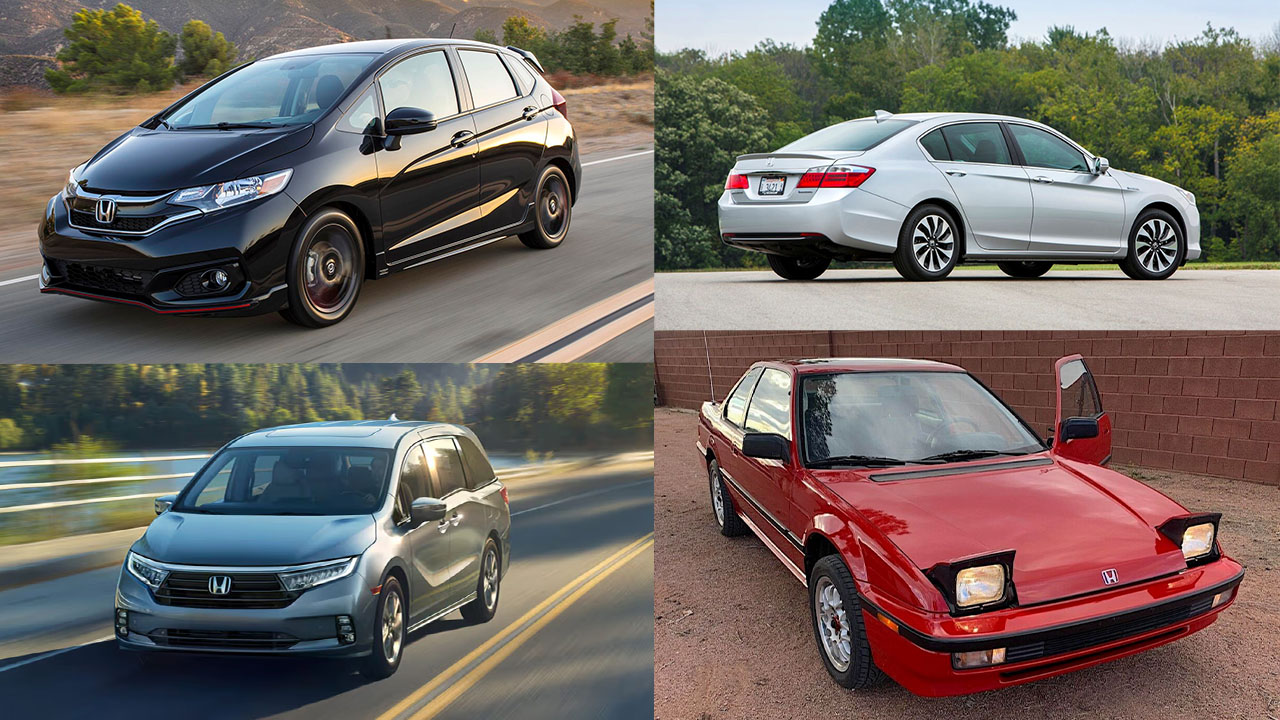Japan has long been recognized for producing some of the most robust and reliable vehicles on the market.
Iconic brands like Toyota, Suzuki, Mitsubishi, and Nissan frequently earn top marks from automotive critics due to their dependability and overall value.
Honda joins this prestigious group as another automaker known for delivering affordable, efficient, and long-lasting cars.
Models such as the Civic, Accord, and CR-V have become household names, commonly spotted in driveways across the globe for many years.
Much like other influential car manufacturers, Honda’s origins trace back to the bicycle industry.
Founded in 1948, the company initially built auxiliary motors for bicycles before progressing to motorcycles and eventually launching into the automotive world with the compact T360 pickup truck in 1963.
By 1982, Honda had established an international presence with a manufacturing plant in North America and had adopted a highly automated production process, which played a crucial role in boosting output and enhancing its global competitiveness.
Though it may not rival Toyota in sheer size or market dominance, Honda continues to produce vehicles that are forward-thinking, innovative, and consistently reliable.
But in such a fiercely competitive industry, which Honda models stand out as the most dependable?
10. 2011 Honda Civic
Launched in 1973, the Honda Civic boasts a rich and varied history. The original model, a sporty four-door hatchback, hit the scene a full year before Volkswagen’s legendary Golf.
Over the years, the Civic has taken many forms—four-door sedan, sporty coupe, and even a performance hatchback. The latest 11th-generation model adds a liftback silhouette to the lineup.
By 2020, Kelley Blue Book had named the Civic the Best Buy in the compact car category for six consecutive years.
Given its diverse evolution and broad model range, identifying the most reliable Civic takes some consideration.
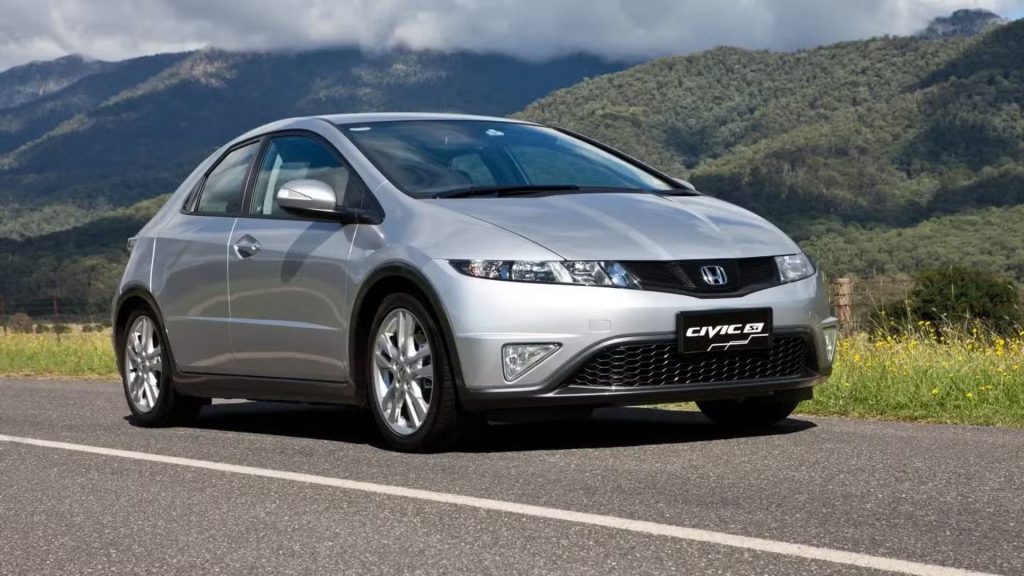
However, the 2012 version stands out as a particularly dependable entry. Offered as a sedan or coupe in North America and as a hatchback for European markets, this model presented a more reserved look for the U.S., while the European version leaned into a sportier aesthetic.
The eighth-generation Civic, introduced in 2006, faced a number of reliability concerns once it crossed the 100,000-mile threshold—engine block cracks being a known issue.
In the wake of the global financial crisis, Honda seemed to double down on reliability, and the ninth-generation 2011 Civic marked a major improvement.
It set a new benchmark for the Civic line, offering an impressive lifespan of around 250,000 miles, outperforming even Toyota’s more expensive Corolla in durability.
9. 2019 Honda Insight Hybrid
Hybrids are essential in the push toward a more environmentally sustainable future. Though hybrid technology dates back to 1899, it wasn’t until the late 1990s that they gained real traction.
The Toyota Prius debuted in 1997, followed closely by the original two-seater Honda Insight in 1999.
Over the next two decades, the Insight evolved significantly, culminating in the third-generation 2019 model, which featured four doors and a rear seat to match modern expectations.
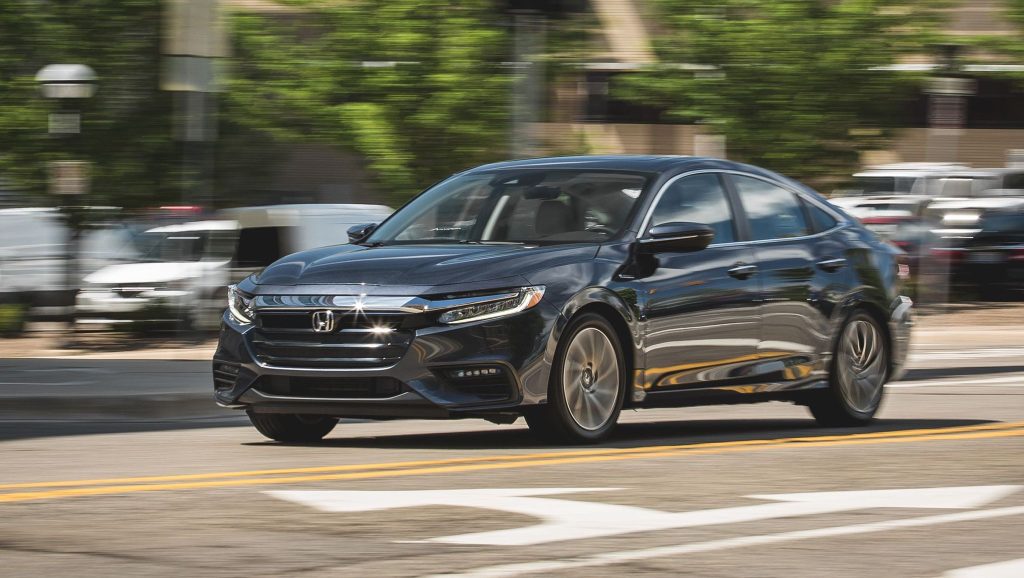
The 2019 Honda Insight Hybrid gained widespread acclaim for its fuel efficiency, becoming increasingly popular in recent years.
In 2019 alone, nearly 24,000 units were sold in the U.S. Part of its success stems from its reputation for low maintenance and repair frequency in a segment where that isn’t always guaranteed.
Though it may not turn heads with its design or features, the Insight has earned praise for both efficiency and reliability.
Despite rigorous long-term testing, some wear and tear becomes evident over extended mileage—no vehicle is immune to the effects of time and distance, not even a Honda.
Most of the wear-related issues with the Insight relate to secondary components, while the engine held up well during a 40,000-mile. Still, when problems do arise, they can be more costly than average, with a higher severity of repair issues compared to some competitors.
As a result, the 2019 Insight Hybrid lands lower on our ranking of Honda’s most reliable vehicles.
8. 1991 Honda Prelude
When people think of Honda, their minds typically gravitate toward its reliable lineup of family sedans and hatchbacks. However, Honda also has a track record of building compact sports coupes, one of the most notable being the Prelude.
This particular model stood out in its class, even among stiff competition like Toyota’s iconic Supra, thanks to its complexity and performance.
First introduced in 1978, the Honda Prelude began life as a stylish, albeit boxy, coupe that shared its engine, suspension, and brakes with the Accord. But by the time the fourth generation launched in 1991, the Prelude had truly come into its own.
The redesign brought a more aerodynamic and curvaceous body, a sharp departure from the previous versions. While the styling might seem dated today, it was striking and modern in the early ’90s.
Performance-wise, the Prelude featured a reliable 2.2-liter inline four-cylinder engine.
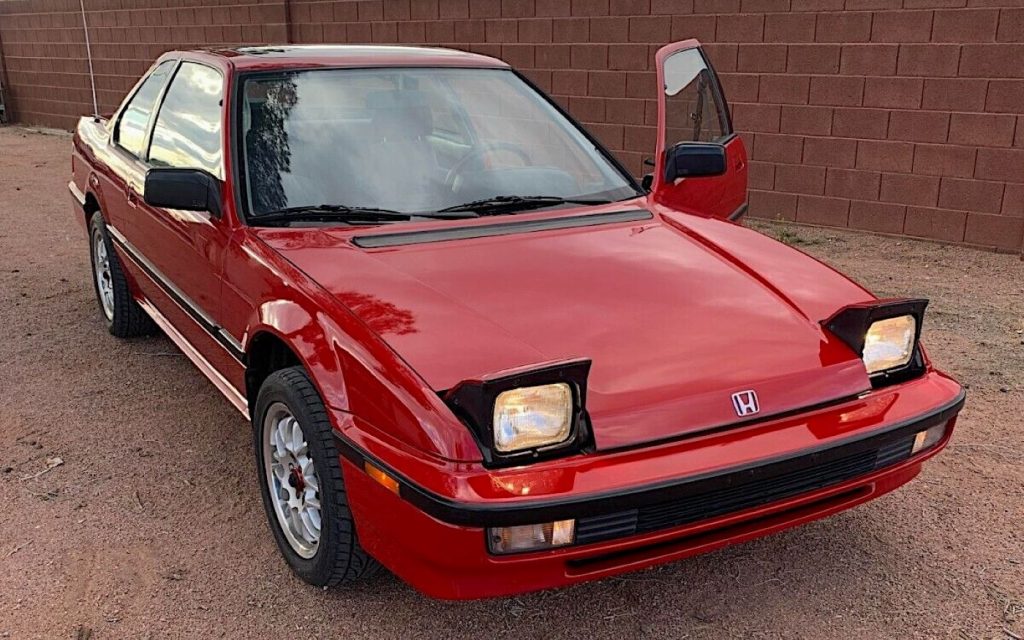
It was also offered in the Si variant, which came equipped with Honda’s renowned VTEC valve timing system and four-wheel steering—a feature that even earned it a place in the racing game “Grand Turismo 3.”
In terms of dependability, the fourth-gen Prelude’s powertrain proved durable within the high-rev sports segment.
However, while it performed well, Honda’s mass-market vehicles were generally more reliable, which is why this pioneering sport coupe holds the eighth position in this ranking.
7. 2022 Honda Odyssey
Long before Walter White cruised the streets in a Pontiac Aztek on “Breaking Bad,” minivans had already cemented their place as the go-to vehicles for families and tradespeople.
But back in 1994, when Honda first revealed the Odyssey, the segment wasn’t as crowded or conventional. At the time, there were only a handful of competitors, with offerings from brands like Chrysler and Renault.
Since then, the Honda Odyssey has grown into a staple of the minivan market. It has continually evolved to meet the needs of families around the world, contributing to a global minivan industry now valued at over $100 billion.
The 2022 model, in particular, has received strong acclaim for its performance and reliability.
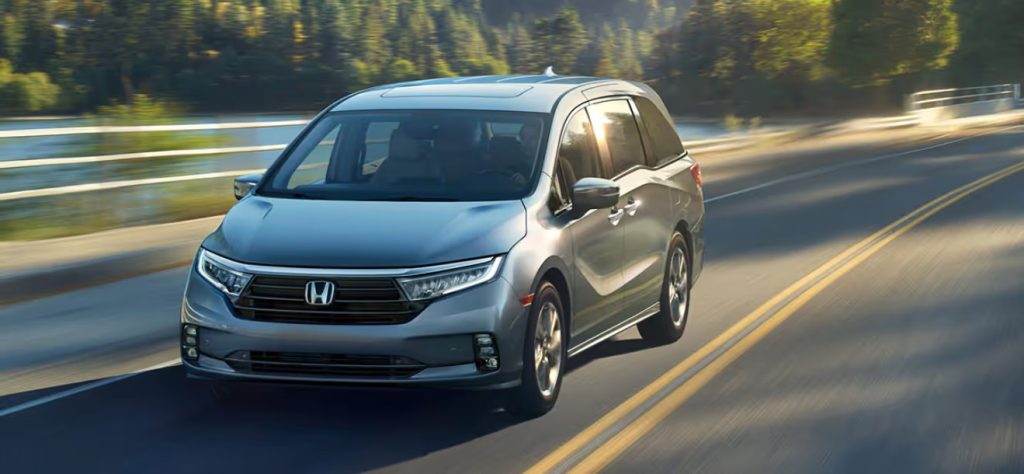
It outperformed established rivals like the Chrysler Pacifica, Toyota Sienna, and Kia Carnival, earning an impressive reliability rating of 81 out of 100. Additionally, the Odyssey has maintained solid resale value, reinforcing its status as a trustworthy and practical option.
Safety is another area where the 2022 Honda Odyssey shines. It earned the Insurance Institute for Highway Safety’s (IIHS) top safety pick, which is a significant endorsement for a vehicle primarily targeted at families.
Combined with its sleek appearance, user-friendly features, and full array of accessories, the Odyssey checks nearly all the boxes. That said, its long-term durability is still unproven due to its recent release, which is why it comes in at number seven on our list.
6. 2022 Honda Passport
The mid-size SUV category has seen consistent growth over the years, with longstanding models like the Jeep Grand Cherokee, Subaru Outback, and Honda’s original Passport having roots that trace back to the 1990s.
In today’s market, these vehicles occupy a practical middle ground between the large, urban-oriented SUVs and traditional family sedans, offering family-friendly versatility that works just as well on rural backroads as it does in crowded urban parking lots.
As Honda’s flagship mid-size SUV, the Passport might not turn heads with its styling, but what it lacks in design flair, it makes up for in reliability.
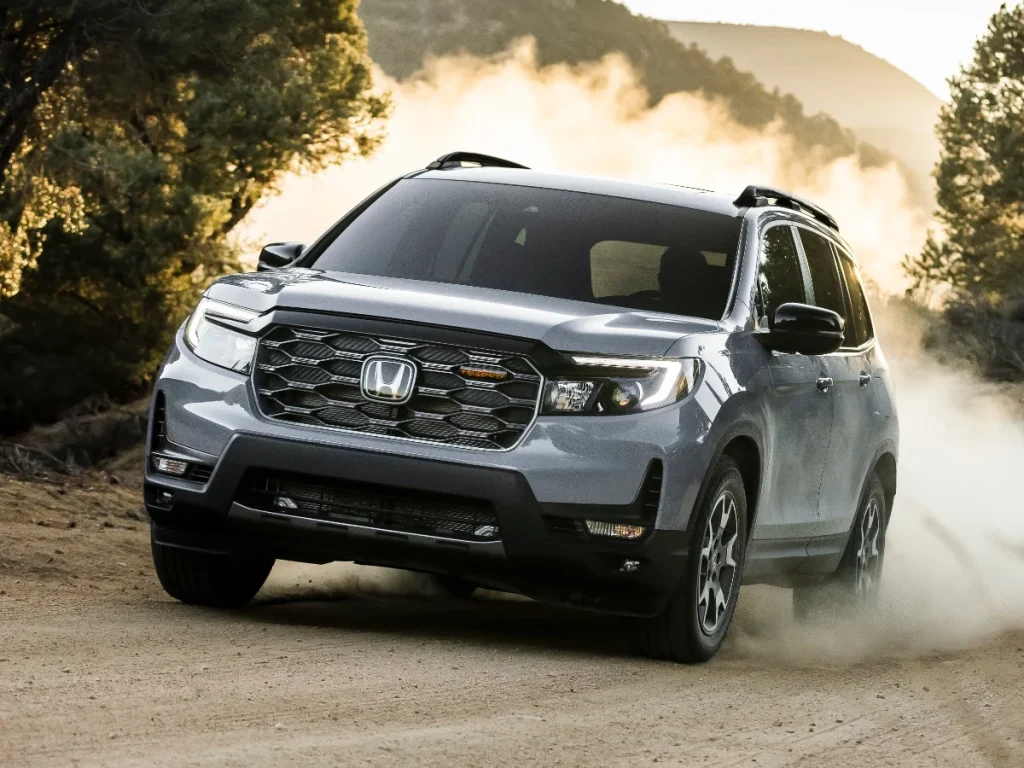
Across its different generations, the Passport has proven to be a consistently dependable vehicle, with the 2022 version standing out in particular.
While it scored slightly lower in some evaluations for its fuel efficiency and driving range, it compensates with an engaging driving experience, modern features, and a pleasing engine sound that brings a bit of excitement to the drive.
How reliable is the 2022 Passport? It performed admirably, achieving a quality and reliability score of 83 out of 100. This placed it just behind the Nissan Murano, Chevrolet Blazer, and Toyota 4Runner.
Though it’s still relatively new and therefore too early to definitively gauge long-term reliability, the initial indicators are strong, suggesting that this version of the Passport is likely to hold up well over time.
5. 2018 Honda Fit
Honda has crafted some truly iconic vehicles over the years—the high-revving S2000, the agile Civic Type R, and the performance-driven NSX come to mind. The Honda Fit isn’t part of that high-octane lineup, and that’s entirely by design.
Known as the Honda Jazz in various international markets, the Fit has carved out a niche for itself as one of the most sensible and affordable hatchbacks in Honda’s portfolio, delivering solid results in its intended role.
This compact car, which surprisingly offers substantial interior space, competes well against entries from Chevrolet and other major Japanese manufacturers like Mitsubishi, Toyota, and Nissan.
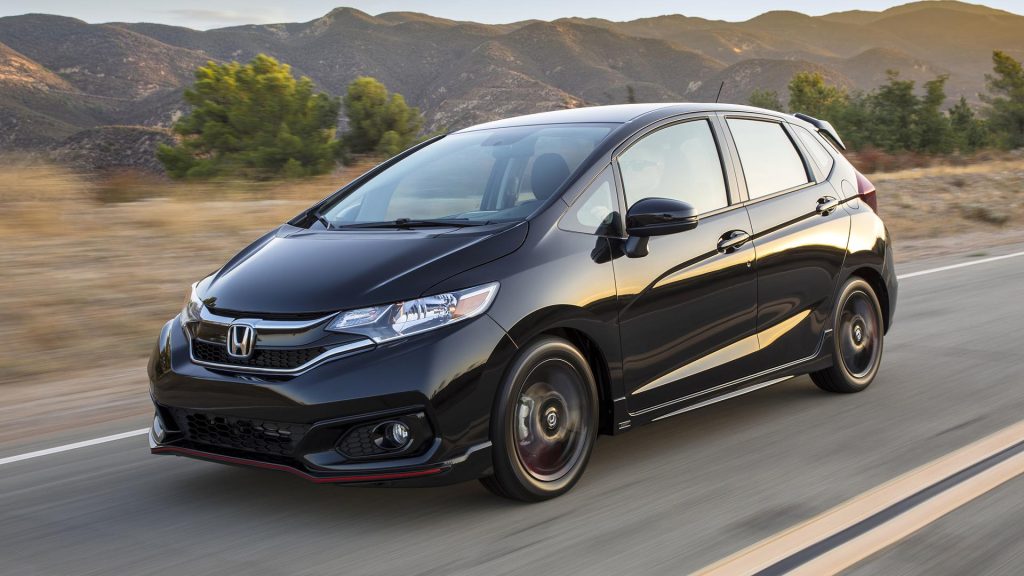
Although its handling might not inspire spirited driving and its tech features are fairly basic, the Fit holds strong value, especially considering its accessible price tag of around $17,000.
In terms of dependability, the 2018 Honda Fit was a standout. That model year introduced a sporty trim option and available leather seating, but more significantly, it led the segment in reliability tests, with everything from its engine to its infotainment system performing above expectations.
This reputation for dependability continued in the following years. While it may not deliver high-speed thrills, the Fit more than proves its worth as a functional, reliable, and practical hatchback that can go the distance.
4. 2015 Honda Accord
After the success of the Civic, Honda followed up with the release of the Accord hatchback in 1976, which arrived in the U.S. as a sedan in 1978.
While its original design might seem unimpressive by today’s standards, it was widely embraced by American consumers and eventually became the first imported car to claim the number-one bestseller spot in 1989.
As of 2022, the Accord remained Honda’s top-selling sedan, with the 2012 model year standing out as one of the most acclaimed in the vehicle’s long-running history.
By the time 2012 rolled around, the Accord had undergone a significant redesign, moving away from the uninspired looks of the early 2000s in favor of a more sculpted body adorned with chrome accents.
Fast forward to 2015, the model line was nearing its 40th anniversary and had grown to include a hybrid variant and a robust V6 option, in addition to its traditional, fuel-efficient family sedan version.
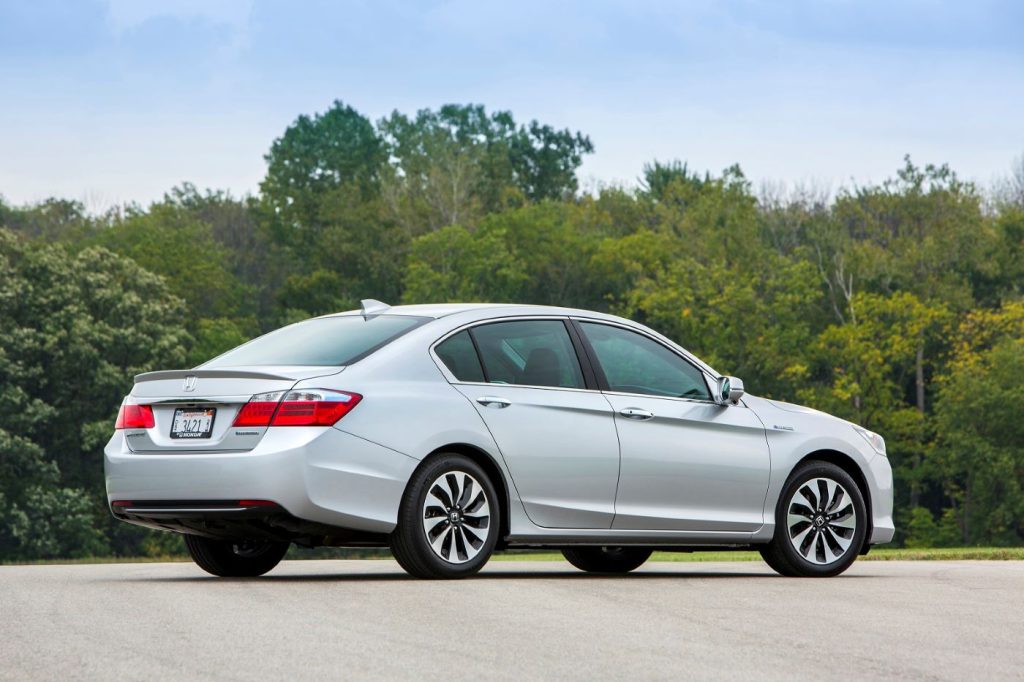
However, the most significant enhancement came in the form of powertrain improvements aimed at increasing fuel economy while addressing previous concerns about performance and dependability.
These advancements paid off, making the 2015 version of the 2012 Accord one of the most appealing choices in its class. It received high praise and ratings from top automotive sources, including a 4.5 out of 5 for reliability.
This placed it at the top of the midsize car segment—a noteworthy achievement considering the stiff competition from other respected models like the Toyota Camry, Volkswagen Passat, and Ford Fusion, all of which were recognized for their own reliability during that period.
3. 2006 Honda Ridgeline
The pickup truck has long been a staple of American industry, with flatbed models in use well before Ford’s Model T introduced its own variant in the 1920s. Despite the rising popularity of SUVs, pickups continue to represent a significant share of U.S. vehicle sales.
In a market dominated by models such as the Ford F-150, Toyota Tacoma, Ram 1500, and Chevrolet Colorado, the Honda Ridgeline faces stiff competition—but it holds a trump card in Honda’s reputation for long-lasting reliability.
The debut 2006 Ridgeline featured a contemporary take on the classic truck form, with a rounded profile, sturdy rear window design, short front nose, large front grille, and bold wheel arches.
Yet it distinguished itself with innovative features like an in-bed trunk and dent-resistant bed flooring.
It also boasted smoother handling than many of its rivals, though its somewhat subdued power delivery made it less ideal for heavy-duty tasks like towing or heavy hauling.
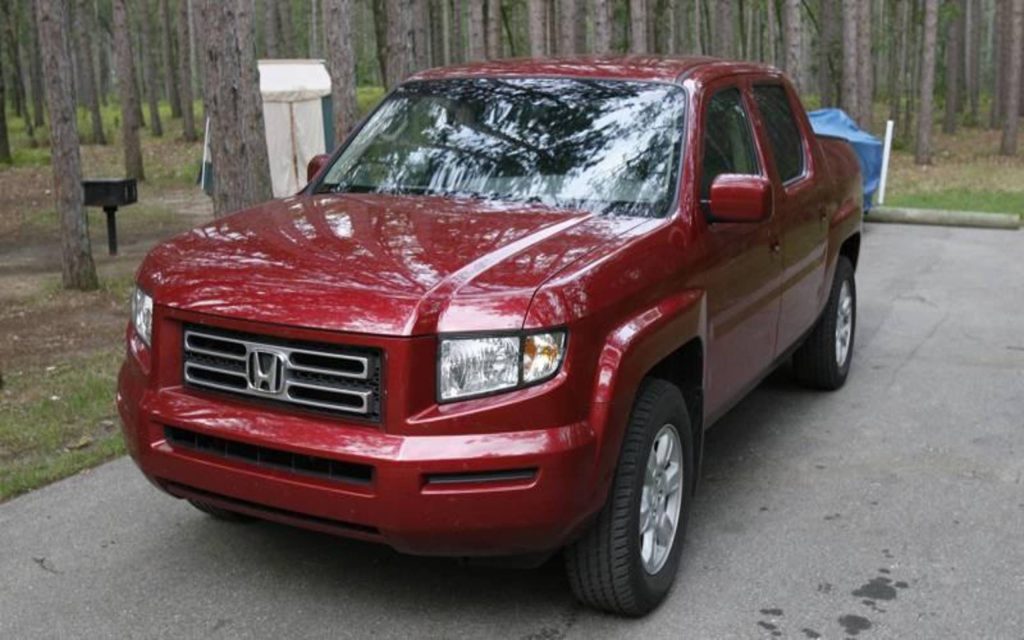
Even with its performance limitations, the 2006 Ridgeline stood out as one of the most reliable mid-size trucks of its era. It remains in demand in the pre-owned market and commands strong resale values.
The Ridgeline’s dependability was so robust that Honda didn’t find it necessary to give the model a major update until the arrival of the second generation in 2017.
These accolades secure the 2006 Honda Ridgeline’s spot at number three in this ranking.
2. 2011 Honda CR-V
When you’ve outgrown a typical sedan but feel an SUV might be more than you need, a compact crossover might be the perfect middle ground. Honda offers a solid solution with its popular CR-V.
Regularly ranked among the top compact SUVs of its model year, the CR-V remains in production today and enjoys a global fan base.
Although this segment isn’t usually known for excitement, what made the 2011 CR-V stand out in a crowded field of similar vehicles?
The 2011 CR-V managed to strike a balance in every area. It looked stylish without being overly flashy, featuring color-matched mirrors, bumpers, and wheel arches, along with matte black trim and chrome accents.
Its profile was modern yet simple, with a sporty edge added by its tapered rear window and tall rear light clusters. As for performance, it was satisfactory—not particularly thrilling—though its automatic transmission was noted as sluggish at times.
However, it was the CR-V’s reliability that truly made it a top choice among buyers, a trait that has carried over to subsequent generations.
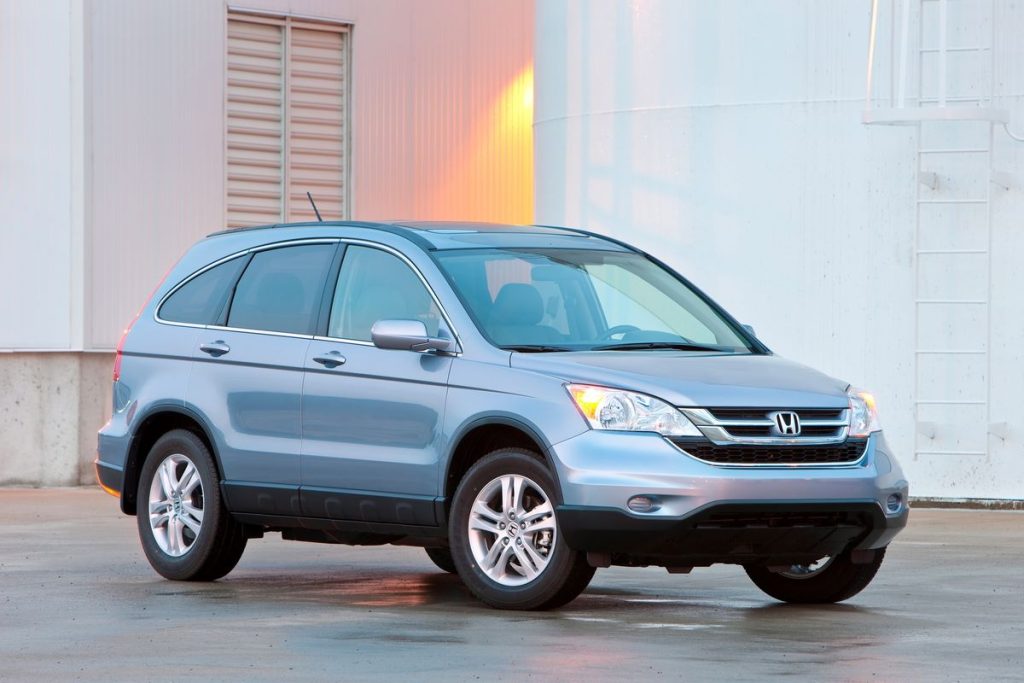
It was recognized as the most reliable compact SUV and in 2014, three years after its release, it was again ranked number one in its segment, surpassing competitors like the Toyota FJ Cruiser and RAV4, the GMC Terrain, and the Chevrolet Equinox.
It’s no surprise then that the 2011 Honda CR-V ranks second on this list as a consistently dependable model from that year onward.
1. 1999 Honda S2000
This list of the most reliable Hondas tends to highlight the more practical, low-revving models, which are often more dependable than their sportier counterparts. However, we can’t forget Honda’s legacy in motorsports, particularly in MotoGP and Formula One.
The Honda S2000 is one such sporty model that emerged near the turn of the century, a time when Japan was experiencing rapid industrial growth and well before the global financial crisis took hold.
It was an era when everyday consumers could afford front-engine, rear-wheel-drive sports cars like the Mazda MX-5, BMW Z3, and Honda S2000.
The S2000 is not only a stunning sports coupe, but it also proved to be incredibly reliable throughout its decade-long production run. Many consider its engines, the F20C in Europe and the F22C in North America, to be among the finest Honda ever produced.
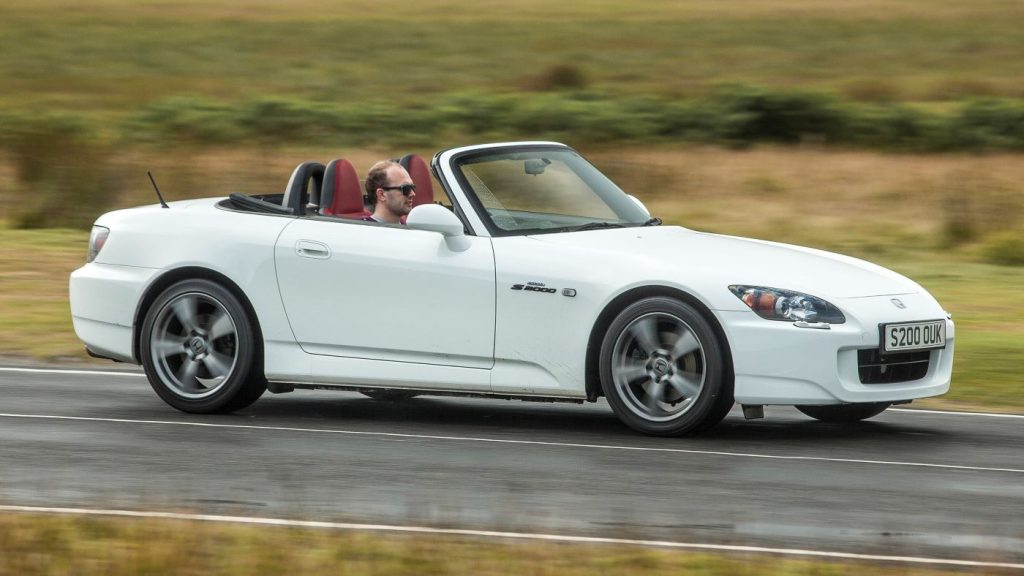
The two-liter powerplant’s exceptional output earned the S2000 a reputation for its thrilling speed and superb handling, making it feel almost like a two-wheeled motorcycle on four wheels.
The F20C engine was so reliable that it earned a spot on Ward’s Ten Best Engines list for three consecutive years, proving its lasting durability even as time went on.
Now, approaching its 25th anniversary, it’s not uncommon to still spot an S2000 on the road, often accompanied by the roar of its engine as it comfortably hits the higher end of the tachometer.

